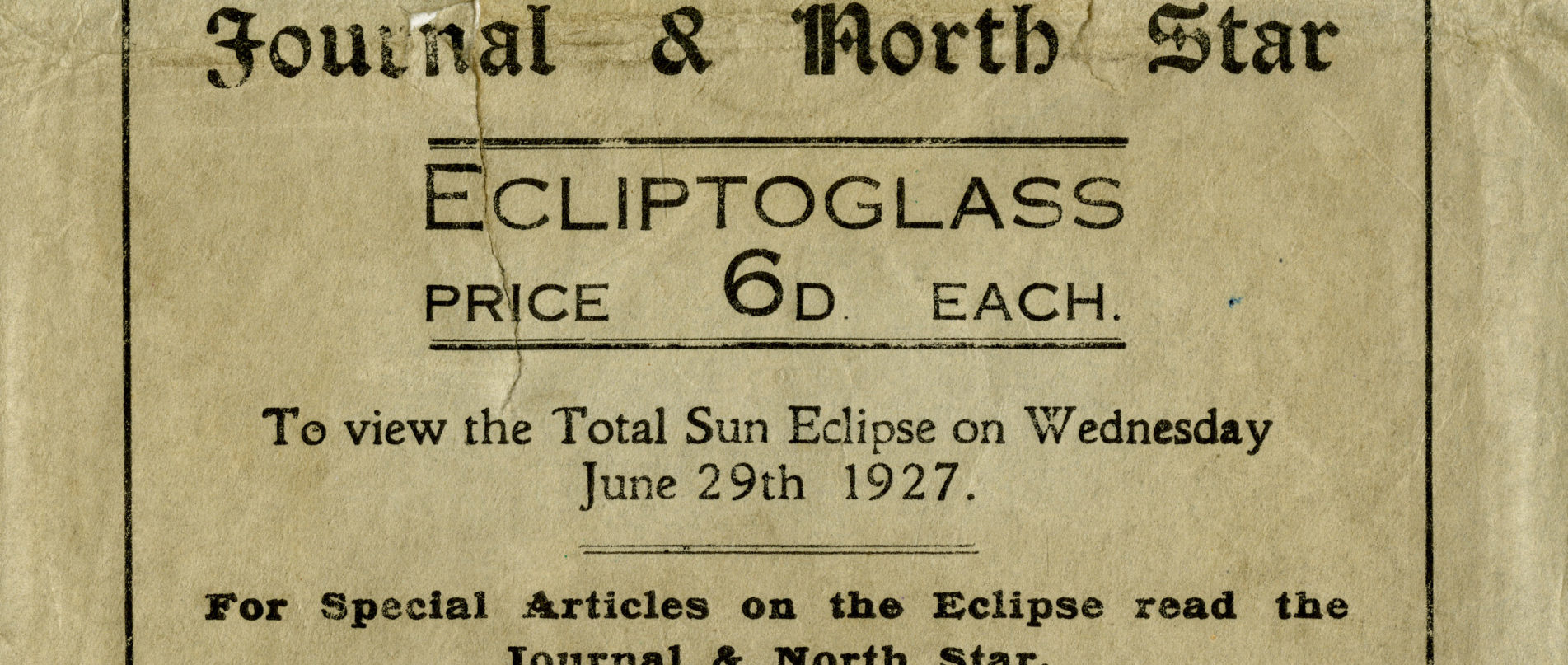
Prompt Images
About a month ago I received an email from a friend asking me to “write something fairly clickbaity about the eclipse.” Then, a few days ago I got an email from someone else with the following subject: were you thinking about writing anything for the eclipse?
No I wasn’t. To be honest, in the month that passed between those two emails, I hadn’t given a moment’s thought to the moving tourist trap called the total eclipse.
What would I even write about? The best goggles? (They may be a scam.) What did people think about eclipses once upon a time? (It scared the shit out them, duh.) Even the question of where to watch has already been answered in strangely specific ways (for example, here are the best places to watch with a goat.)
No, the only question we don’t already seem to have an answer to is the following:
How is it that everyone around me seems to care about eclipses so much and yet I—the science explainer guy—couldn’t care less?
This is the question I set out to answer once I finally caved and decided to write a piece about the eclipse. And after several days of reading through the “literature,” I finally found some answers.
Spend ten seconds on Google and you quickly realize that there are a lot of articles written about eclipses. And I’m not just talking about the cleverly-named-but-mostly-recycled-bullshit pieces with titles like “The Dark Side to Eclipse Watch Parties” 1. I’m talking serious think-pieces on the eclipse. The Atlantic alone appears to have its own sort of Spotlight team whose entire purpose is to uncover every possible angle one could write about in relation to the eclipse.2
The best piece I found (via a reprint in The Atlantic) was an essay by Annie Dillard about the total eclipse that occurred on February 26, 1979. If you aren’t actually going to make it to that swath of total darkness on Monday you owe it to yourself to at least read a compelling description of the experience3. And if you are thinking “I’ve seen eclipses, just not a total eclipse,” then you’ve never really seen an eclipse, at least according to Dillard. Dillard writes that:
Seeing a partial eclipse bears the same relation to seeing a total eclipse as kissing a man does to marrying him.
This was the first glimpse (pun intended) I had that maybe a total eclipse was something qualitatively distinct from the more generic sort of eclipse that we all have some fuzzy memory of seeing in our youth. Dillard describes how the experience is so different in her perfectly piquant prose:
I turned back to the sun. It was going. The sun was going, and the world was wrong.
The grasses were wrong; they were platinum. Their every detail of stem, head, and blade shone lightless and artificially distinct as an art photographer’s platinum print. This color has never been seen on Earth. The hues were metallic; their finish was matte. The hillside was a 19th-century tinted photograph from which the tints had faded. All the people you see in the photograph, distinct and detailed as their faces look, are now dead. The sky was navy blue. My hands were silver. All the distant hills’ grasses were finespun metal which the wind laid down. I was watching a faded color print of a movie filmed in the Middle Ages; I was standing in it, by some mistake. I was standing in a movie of hillside grasses filmed in the Middle Ages. I missed my own century, the people I knew, and the real light of day.
Reading this description reminded me of my own experience hiking through Zion National Park—that sense that something about the world I was passing through was wrong. The tinfoil leaves scattered along the trails. The great pine forests set upon beaches of red sand. The canyons a series of uncanny valleys.
And here was Dillard describing a similar, perhaps even more striking, sense of unreality that occurs when the moon blots out the sun. In imagining the total eclipse I’d been so focussed on the things in the sky. It hadn’t occurred to me that a total eclipse might fundamentally alter our experience of the things on the ground too.
Here’s the other thing that is clear from reading through the ecliptic canon (blessed be The Atlantic): A total eclipse is the pretense for the sort of adventure rarely undertaken these days. Because unlike a partial eclipse, which any Wendy or Bob can see so long as they are within a continent’s distance of its center, a total eclipse must be met on its own terms, at a location, and time, of its choosing.
There are no rain delays. And since its path was chosen by the initial conditions unleashed four billion years ago, when the moon first broke off from the earth—there’s no guarantee this path will coincide nicely with your favorite airport hub.
Dillard describes driving inland 5 hours from the coast of Washington. “When we tried to cross the Cascades range, an avalanche had blocked the pass…We waited as highway crews bulldozed a passage through the avalanche. With two-by-fours and walls of plywood, they erected a one-way, roofed tunnel through the avalanche.”
Imagine wanting to arrive somewhere so badly that you’d be willing to drive through a makeshift wooden tunnel in a recently fallen avalanche.
In responding to the first email I received suggesting I write about the eclipse, I wrote: What is there to say? Sun goes behind moon and for a minute it feels like the world is ending. There’s not even an extra dimension or particle to get excited about….
And by doing so betrayed my own peculiar way of thinking about the world: as a set of nested abstractions in which the inner levels are inherently more interesting because of how remote they are from our daily experience. What was so exciting, I kept wondering, about watching those two bodies in the sky box out one another according to the rules Newton had prescribed over four hundred years ago?
But of course I’d missed the entire point. A particle, remote as it is from our experience, is an object of stunning simplicity: an abstraction of mass and charge and spin and nothing else. A particle does not fit within the boundaries of some taxonomy—it is defined by its taxonomy. And even those three simple properties can only be inferred indirectly, through the buzzes and beeps of the world’s largest machines.
By contrast an eclipse is a very tangible thing. It can be seen. Its sudden coolness felt. Its terrible silence can be heard. Even its vastness can be held between one’s thumb and finger.
The total eclipse provides a venue for experiencing the otherwise remote heavenly bodies as more than orbs of a particular size and mass. In those several minutes of total occlusion, one experiences them, their complete and utter otherness, as “a faded color print of a movie filmed in the Middle Ages.”
A few days ago I could barely bothered to write a tweet about the eclipse. Now, after reading up on the topic, and especially after reading Dillard’s essay, I can’t stop thinking about it. I can’t stop obsessively plotting how I might stash my work and kids away for the day and find some way into its path.
Footnotes:
[1] This is not, so far as I know, the title of an actual article. But it very clearly SHOULD BE.
[2] Ever wonder about the intersection of small town economics and eclipses? The Atlantic has you covered with this piece. How about the intersection between class in America and the eclipse? Wonder no more. Are you a #MAGA fan who will only read articles that include the words “great” and “America”? You’ll definitely want to check out “The Eclipse That Made America Great.”
[3] If you are a teacher in one of the Pennsylvania public schools that refuse to let kids out during Monday’s eclipse due to paranoia about them going blind (despite the fact that no part of Pennsylvania is even in the path of the total eclipse)—you definitely owe it to your students to read this aloud to them during those 2 minutes of semi-darkness.


